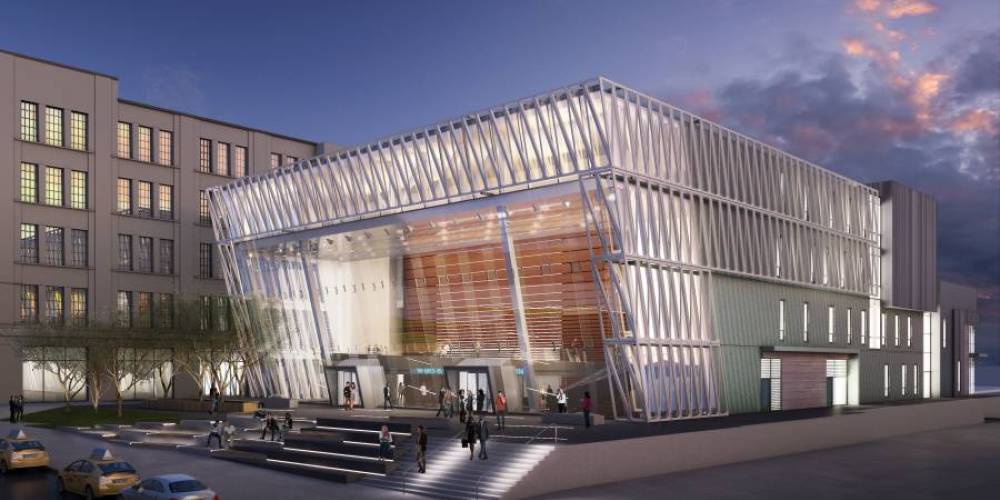
Design and construction go hand in hand; planning and phasing alike. Their simultaneous engagement throughout the life-cycle of each new construction and existing building project is the key to meeting and exceeding project milestones and targets including sustainability.
Its important to operate each project through an Integrated Project Delivery (IPD) approach bringing together all participants, systems, and analyses to collaborate early to optimize on project results. This includes construction and sustainable construction goals. This is a crucial aspect of our circular economy which is aimed to minimize waste, reduce the strain on resources (water, building products) and incorporate regenerative design (revitalize, renew sources of energy and materials).
There are several sustainable construction elements of project’s that can easily be addressed and important to plan for early in the integrated project delivery.
- Integrated project design / construction analysis and charrette to roadmap sustainable goals. This step promotes high-performance, cost-effective project outcomes through an early analysis of the interrelationships among systems (LEED). Beginning in pre-design and continuing throughout the design phases, identify and use opportunities to achieve synergies across disciplines and building systems described below. Assess multifunctioning spaces, operating schedules, space allotment per person, teleworking, reduction of building area, anticipated operations and maintenance, anticipated selection of materials and products for project.
- Building Life-Cycle Assessment (LCA) Reduction. Environmental impact assessment on structural and enclosure products and materials anticipated for the project. The life-cycle assessment addresses and calculates the embodied energy (scope 3 GHG emissions) regarding the extraction, production, transport of these products and materials for the project. The assessment sheds light on emissions that can be reduced by selecting products and materials with less global warming potential.
- Research of sustainable products and low-emitting materials. Early research drives the design process for products and materials and incorporates a higher level of sustainable construction and health/wellness on projects.
- Construction Demolition Waste and Recycling programs. Setting the target, programs, diversion strategies and selecting a partner in waste/recycling that can meet the goals is paramount. A communication protocol for contractors and subcontractors onsite is also vital.
- Select a framework to provide useful guidelines. Standards and reference codes such as: BREEAM, Passive House, LEED, ASHRAE 189.1 provide sustainable design and construction frameworks for projects to not only develop sustainability goals but framework to stay on track.
- Establish communication protocol. Who will be the main point of contact, who will the sustainable construction contact and how communication will be transmitted.
Throughout the project there are several additional management steps that keep sustainable construction on target for success.
- Importance of a sustainable construction blueprint - documentation. Use the sustainable construction analyses and goals to inform the owner’s project requirements (OPR), basis of design (BOD), design documents, construction documents and specifications (sustainable design division 1 and reference to sustainable design division 1 in each spec section).
- Monthly tracking / communication as milestones to hit project targets. As a best practice, meeting/communicating on monthly basis with the project team to provide updates on sustainable material/product tracking, construction waste management, indoor air quality, etc is ideal on projects.
These methodologies and milestones promote a system of sustainable construction that goes above and beyond minimum building codes to ensure that new and existing buildings will not only be functional today, they will also be sustainable into the future, energy efficient, and made from responsibly sourced materials. Sustainable construction benefits a minimized impact on the environment, community and world; absolutely crucial to the circular economy!
